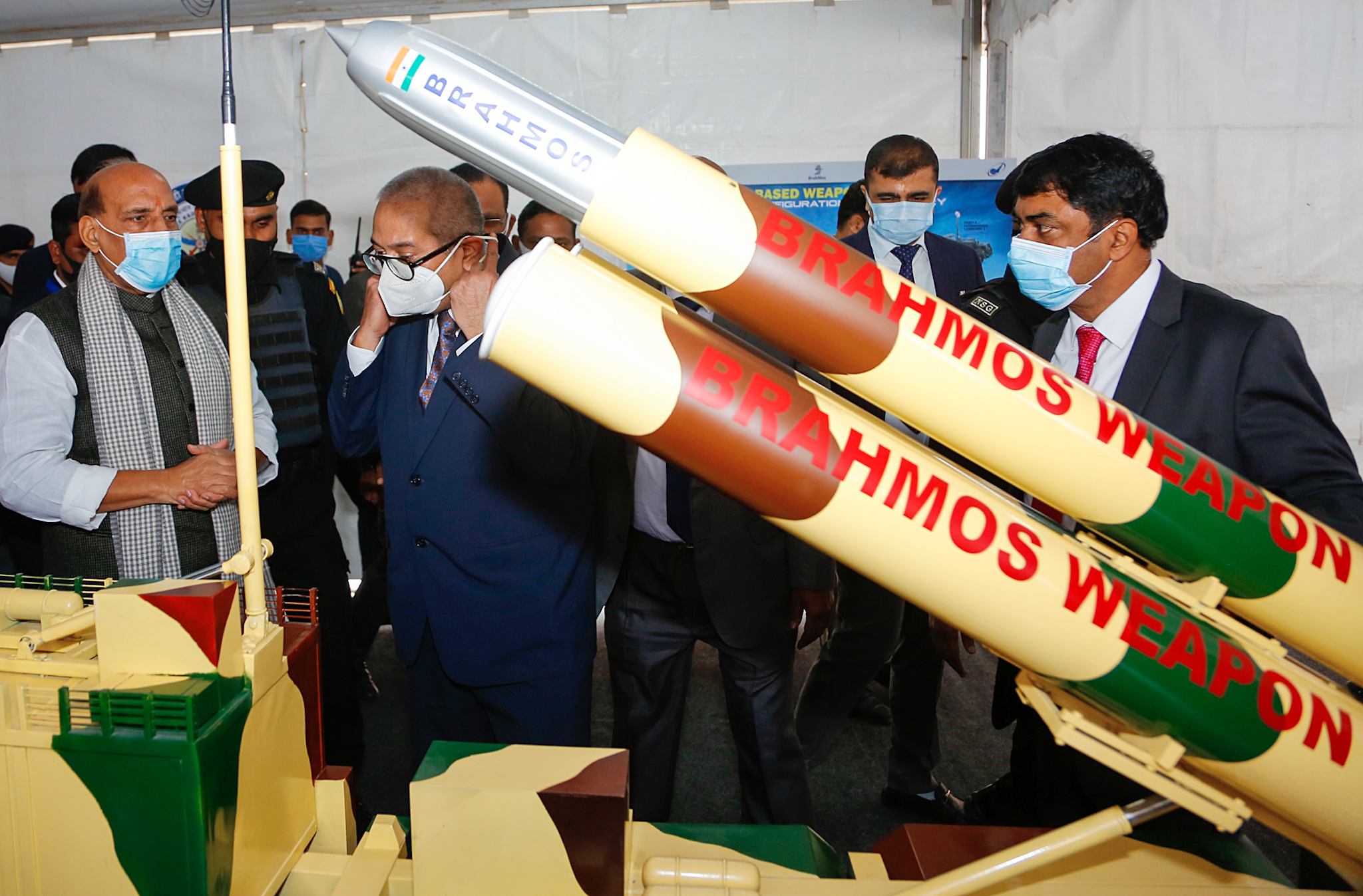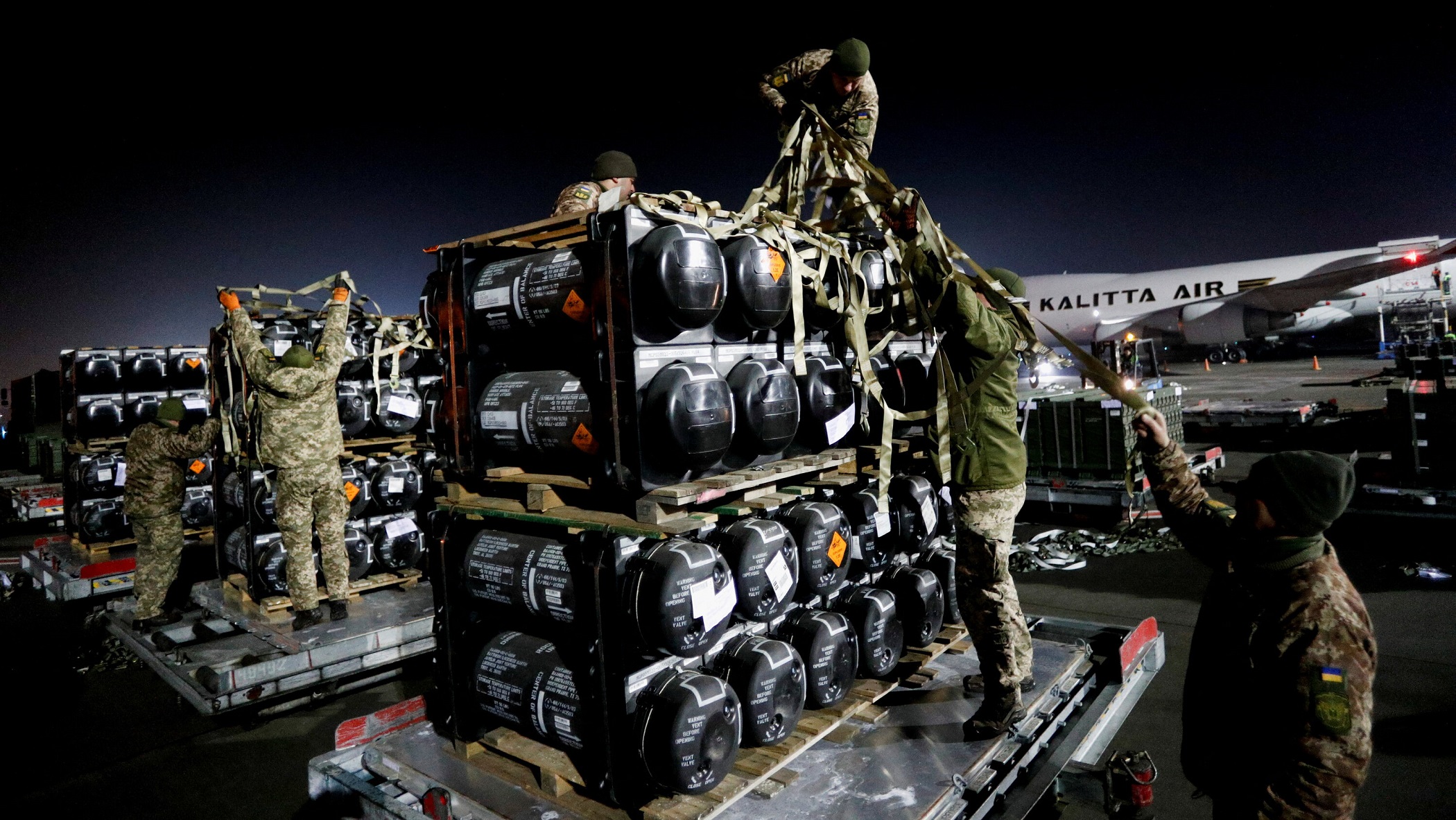Southeast Asian countries have shown an expansion in their defense spending, particularly over the last decade with an increase of 36 per cent. In 2020 alone, the military spending in the region increased by 5.2 per cent
Akash Sahu
The Philippines is set to buy from India at least seven Dhruv Advanced Light Helicopters (ALH) and eight Dornier 228 aircraft under a recently concluded deal. The bilateral defense relations received an impetus after the ‘Implementing Agreement’ was signed earlier this year, which would facilitate legal framework for Philippines’ defense acquisitions from India. The Philippines defense secretary had also been quoted saying that his country will purchase BrahMos missiles, jointly developed by India and Russia. Meanwhile, talks are in progress regarding the export of BrahMos to Indonesia.
These developments are reflective of growing interest in Southeast Asia to purchase arms from India. India will therefore need to upgrade its domestic defense manufacturing capabilities, perhaps in conjunction with friendly advanced nations, to sustain this interest from Southeast Asia. An overview of their defense markets and demands will help India develop these capabilities accordingly. A larger exchange of defense business between India and Southeast Asia may consolidate India’s position in the regional security architecture, and also forge greater political alignment with important ASEAN partners.
Increased Spending and Military Modernization
Southeast Asian countries have shown an expansion in their defense spending, particularly over the last decade with an increase of 36 per cent. In 2020 alone, the military spending in the region increased by 5.2 per cent. Many ASEAN nations have also adopted medium to long term military modernization plans to improve their defense. Under its Minimum Essential Forces (MEF) programme, Indonesia has earmarked US$ 79 billion from a total of US$ 125 billion (rest for sustenance and interests) for modernization of its defense forces in the next 25-year-period. Philippines has allocated US$ 4.3 billion to its defense budget in 2021, under the Revised Armed Forces of the Philippines Modernization Program (RAFPMP). There has also been talk about Philippines’ interest in acquiring submarines as the conflict in the region is primarily over disputed maritime claims. The largest military spender in the region, Singapore’s defense modernization plans may see the next-generation Singapore Armed Forces (SAF) using Artificial Intelligence in weaponry, automation, data analytics, cyber and space-based assets for “multi-domain operations”.
In its 2019 defense white paper, Vietnam set the goal of full military modernization by 2030. The case of Vietnam is, however, a special one. Its geographical proximity and territorial dispute with China have both aggravated tension in their bilateral relations, and also restrained Hanoi’s actions that may be interpreted by Beijing as provocative. The tendency to opt for political action instead of military action will likely put any major defense spending plans, especially acquisitions, on the back-burner for Vietnam. Thailand has shown a resolve to upgrade its arsenal with the 10-year “Modernization Plan: Vision 2026” adopted in 2017. However, its defense purchases have been mired in controversies around questions of strategic relevance and high expense. For instance, the three diesel-electric submarines (valued US$ 1.03 billion) that Thailand has decided to buy from China are unsuitable to be operated in its own coastal zones due to large size. Although the government seems determined to procure more, internal corruption in Thailand’s defense ecosystem may affect the decision-making process.

Intermediate Goods Market
Even though China’s not-so-peaceful military and economic rise factors strongly into the trend of defense spending in the region, some analysts believe that there are other formidable reasons as well. Much of the defense budgets of ASEAN countries is spent in maintaining large armies and old arsenals, and threats of piracy, illegal fishing, smuggling, etc., pull their own share from these already constrained budgets. As a consequence of limited spending in Research & Development and lack of infrastructure for defense manufacturing, import of arms is the most suitable choice for many ASEAN nations.
There is considerable realization of this handicap in all major ASEAN capitals, and governments aim to keep importing vital defense items while at the same time enhance indigenous capabilities. This means Southeast Asia will continue to be an attractive market for finished defense products as well as intermediate products. For instance, Indonesia passed a law in 2012 requiring its armed forces to acquire arms domestically as much as possible. PT Pindad, PT Digantara Indonesia, PT PAL Indonesia and PT Dahana are some state-owned Indonesian companies that are involved in production of naval vessels, propeller aircraft, helicopters, explosives, artillery and land combat vehicles. Similarly, Malaysia’s Bousted Heavy Industries is working with French DCNS to build six coastal combat ships for Malaysian Navy. Singapore’s state-owned ST Engineering has sold arms to a number of countries including armored troop carriers to Britain under a deal in 2008.
India in the Mix
India aspires to radically boost its indigenous defense industry and become a major exporter. The Indian government has also encouraged foreign players to manufacture in India. Defense Minister Rajnath Singh has set goals of US$ 25 billion of domestic defense production and US$ 5 billion of defense exports for India. Naturally, Southeast Asia is a lucrative market for India’s defense exports given the cordial relations with ASEAN partners, and growing political alignment over issues of international importance. Apart from aiming to deliver high-end strategic assets in the region, India may also exploit the promising segment of intermediate goods in the defense sector.
In a roundtable discussion on defense industry cooperation organized jointly by Manohar Parrikar Institute for Defense Studies and Analyses (MP-IDSA) and US-India Business Council (USIBC) in October 2021, a key takeaway was to boost Indian manufacturers of defense intermediate goods. Major industry players such as Lockheed Martin and Boeing India expressed that fulfilling requirements of Indigenous Content (IC) becomes difficult due to lack of forthcoming Indian companies involved in production of intermediate goods. As a consequence, much of these items are imported. On similar lines, India’s dependence on intermediate goods from foreign nations limits its autonomy to export defense products abroad. Asia-Pacific is likely to witness substantial growth in aerospace and defense sector, and the demand for titanium and alloys, aluminum and alloys, steel and alloys, and composites will drive the intermediate goods market for a long time. By investing to build a base in this segment, not only will India be equipped to host more Original Equipment Manufacturers (OEMs) for manufacturing in India, but also provide a resilient and reliable supply chain for large-scale production in aerospace and defense sector.
Policy Options
Policymakers may like to focus exclusively on attracting investment for intermediate goods industry. A starting point can be encouraging foreign OEMs to discharge offset obligations by investing in these industries. A thriving intermediate goods industry will achieve three-pronged objectives of sufficient supply to locally operating OEMs, export to foreign markets, and incentivize more foreign OEMs to set shop in India. While it is ideal for India to increase number of defense production units that deliver ‘final goods’ like finished aircraft, it may be difficult feat to achieve given many structural constraints. Allowing ‘intermediate goods’ industry to flourish will naturally attract more foreign OEMs that can eventually deliver final goods and strengthen India’s defense exports.
In this scenario, it may be important to foster dialogue among potential investors, entrepreneurs in the aerospace and defense sector, and policymakers. Think tanks and advocacy groups can bring these parties together to reach consensus on the road ahead. Since the restructuring of supply chains is happening now, inaction at this time could mean losing out to aptly-located other suppliers that will eventually emerge in the global market. India has the advantage of a political class that is interested in boosting defense exports, creating infrastructure for large-scale production, and addressing issues faced by private players involved in the sector. It must make use of this window of opportunity.
Akash Sahu is a Research Analyst with the Centre for Southeast Asia and Oceania at Manohar Parrikar Institute for Defense Studies and Analyses (MP-IDSA), New Delhi.
Views expressed are of the author and do not necessarily reflect the views of the Manohar Parrikar IDSA or of the Government of India.
This is the abridged version of the article which appeared first in the Comment section of the website (www.idsa.in) of Manohar Parrikar Institute for Defense Studies and Analyses, New Delhi on January 3, 2022


























